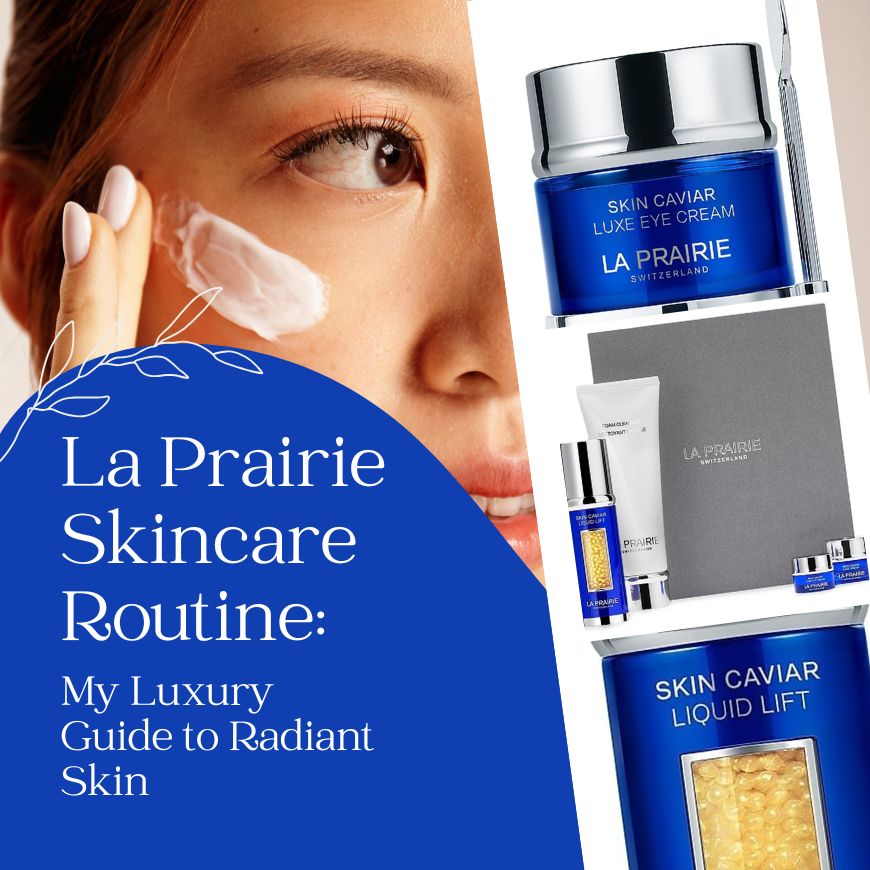Microneedling (sometimes called collagen induction therapy) is a minimally invasive procedure that involves using fine needles or micro-needles to make shallow, repetitive incisions in the skin.
This treatment is often used to treat skin problems such as scars, stretch marks, and skin problems. The idea is that microneedling will cause less damage to the skin, thus starting the body’s natural healing process.
During this healing process, the body produces and releases more collagen and elastin, improving the appearance of the skin. Although it is an effective way to treat a variety of skin conditions, it is important to know what to expect during the procedure and the risks of the treatment.
Benefits of Microneedling
Microneedling offers a growing list of benefits and is popular because it’s minimally invasive and takes very little time.
1- Boosts Collagen Production
One of the most significant benefits of microneedling is its ability to boost collagen production. Collagen is a protein that keeps the skin firm, smooth and youthful. As we age, collagen production decreases, causing wrinkles, sagging and dull skin.
Microneedling helps reverse these signs of aging by encouraging the skin to produce more collagen and elastin, leading to a firmer and more youthful appearance.
Read more about Collagen: What Is Collagen? Health Benefits
2- Reduces Fine Lines and Wrinkles
Microneedling is used to improve the appearance and texture of your skin. This method can reduce the appearance of enlarged pores, dark spots, and stretch marks.
By increasing collagen and elastin production, microneedling can help reduce the appearance of fine lines and wrinkles. The treatment smooths out the skin’s surface, making it look plumper and more rejuvenated over time. For people looking for a non-surgical anti-aging treatment, microneedling offers a natural solution with minimal downtime.
Participants in one study received four facial microneedling treatments, each 30 days apart. Approximately 90 to 150 days after the first treatment, their fine lines, wrinkles, skin laxity, and skin texture will be significantly improved.
3- Reduces Acne Scars and Other Scarring
One of the main reasons people turn to microneedling is to treat acne scars. The micro-injuries created by the needles encourage new skin growth, which helps to fade scars, including those caused by acne, surgery, or injuries. With consistent treatment, it can significantly reduce the depth and visibility of scars, resulting in smoother skin.
A review of 33 studies found that participants in each study saw an improvement in the appearance of acne scars after microneedling. This treatment reduces inflammatory symptoms and increases collagen, speeds up skin healing and reduces the appearance of scars.
4- May Help Hair Loss
Microneedling is a promising option for those struggling with hair loss, particularly when combined with topical hair growth products like minoxidil or PRP therapy. By stimulating hair follicles, improving scalp health, and enhancing the effectiveness of hair growth treatments, microneedling can contribute to hair regrowth and improved hair density.
For hair loss, microneedling sessions are usually spaced 4 to 6 weeks apart. Depending on the severity of the hair loss, your dermatologist may recommend 3 to 6 treatments to see noticeable improvements. The frequency may vary based on your individual needs and the other hair growth treatments you’re using in combination.
5- Increases the Effectiveness of Skincare Products
Microneedling creates tiny, controlled punctures in the skin or scalp, called micro-channels. These micro-channels temporarily disrupt the outer layer of the skin (stratum corneum), allowing topical products to penetrate more deeply into the skin or scalp.
Normally, the skin acts as a barrier to many active ingredients in skincare or hair care products, limiting their effectiveness. But after microneedling, the pathways created by the needles make it easier for ingredients to reach deeper layers where they can have a more significant effect.
Risks of Microneedling
Microneedling is a promising treatment for hair loss and skin issues, but like any procedure, it comes with potential risks. Here are the main risks associated with microneedling:
- Skin Irritation
- Infection
- Bleeding or Bruising
- Allergic Reactions
- Temporary Hair Shedding (For Scalp Microneedling)
- Hyperpigmentation or Dark Spots
- Scarring
- Pain or Discomfort
- Delayed Healing
Most side effects are temporary and can be minimized with proper care and by ensuring the treatment is done by a professional. To ensure the best results and reduce risks, always seek advice from a licensed dermatologist or trained professional.
It may not be suitable for individuals with certain skin conditions, including:
- Active acne or skin infections.
- Rosacea or eczema.
- Keloid scars (a tendency to form thick, raised scars).
People with these conditions may experience worsening symptoms or complications after microneedling, so it’s important to consult a dermatologist to determine if it’s a safe option.

Hi, I’m Emma R. ✅
Passionate beauty blogger sharing expert tips, honest reviews, and the latest trends to help you glow inside and out.




